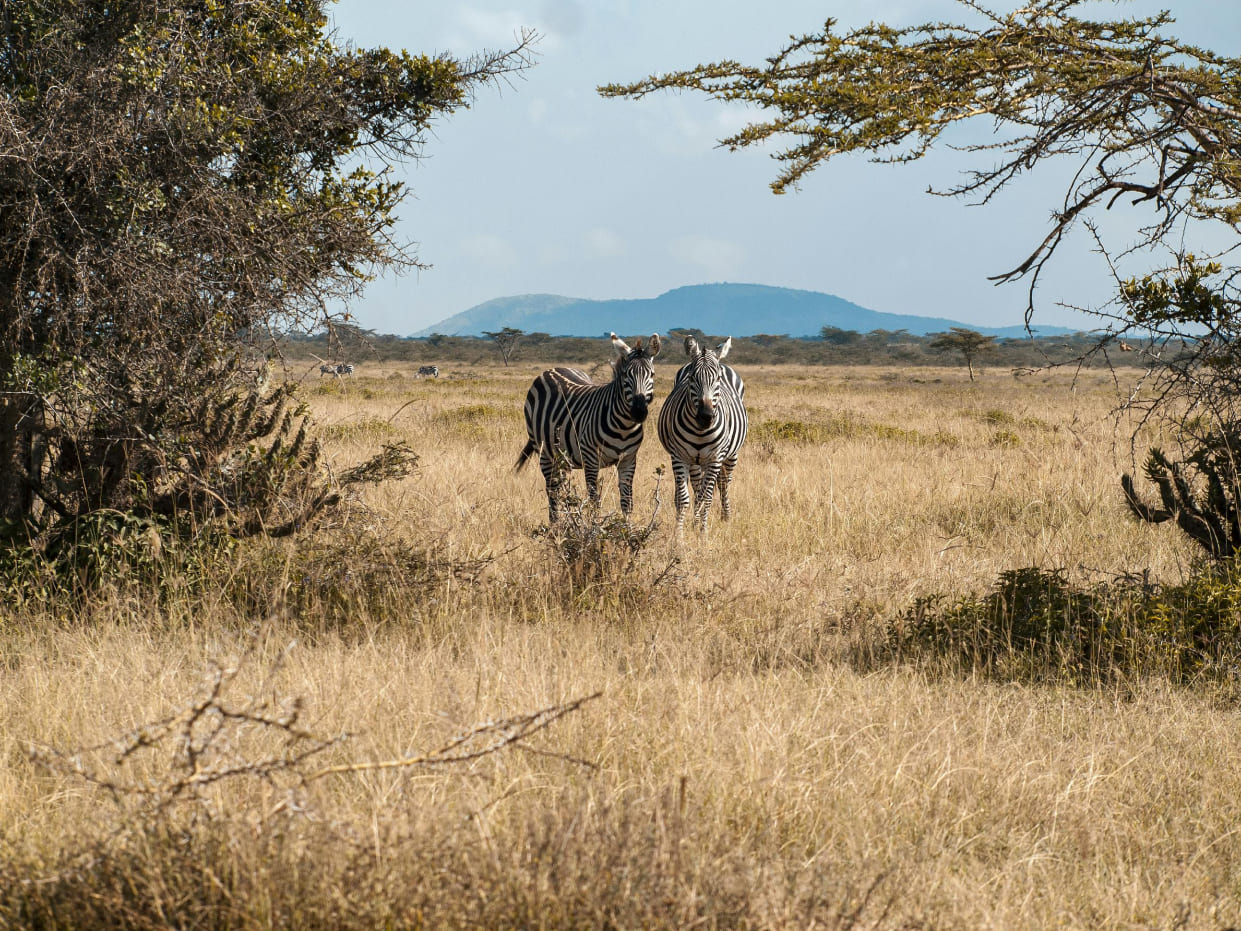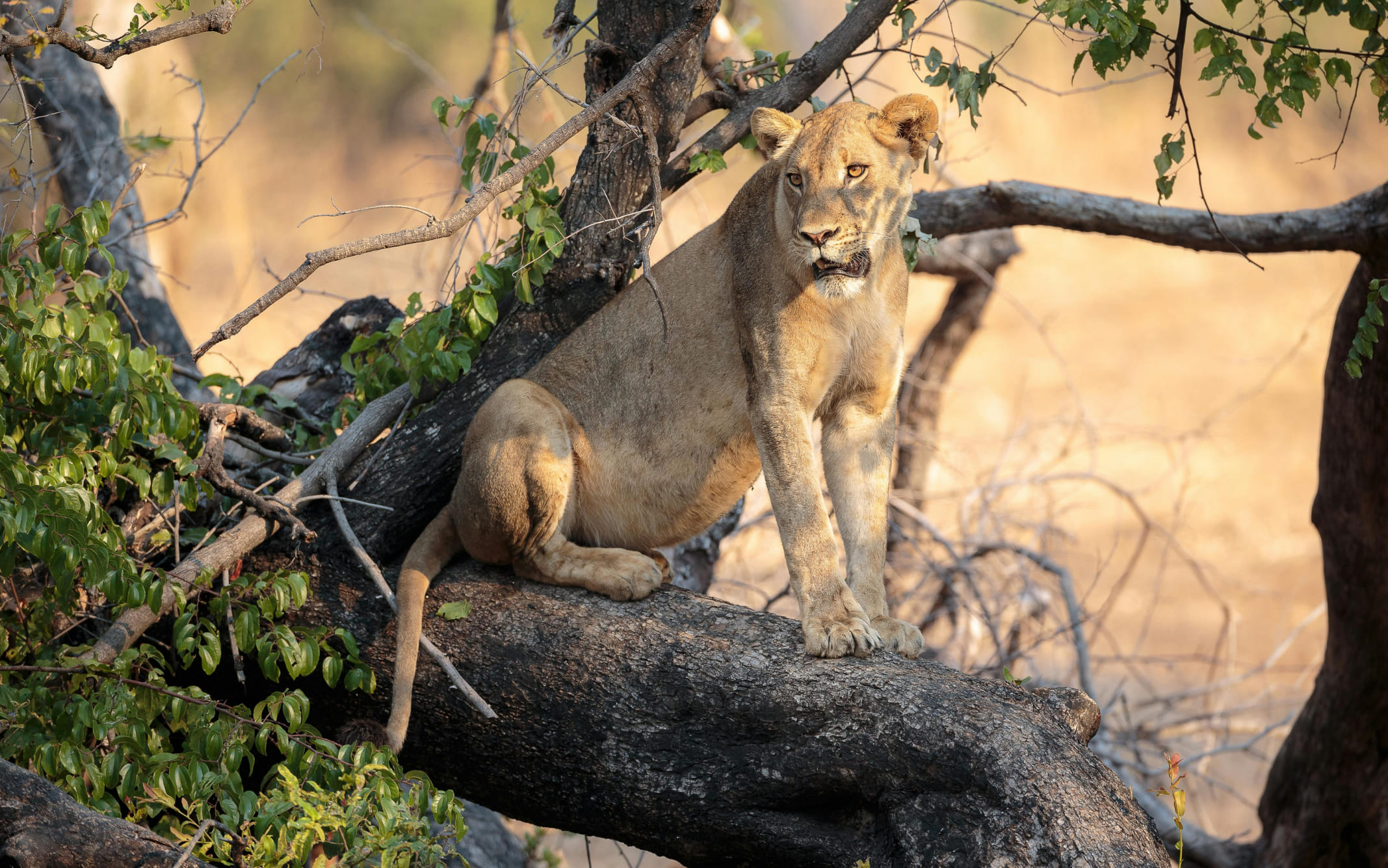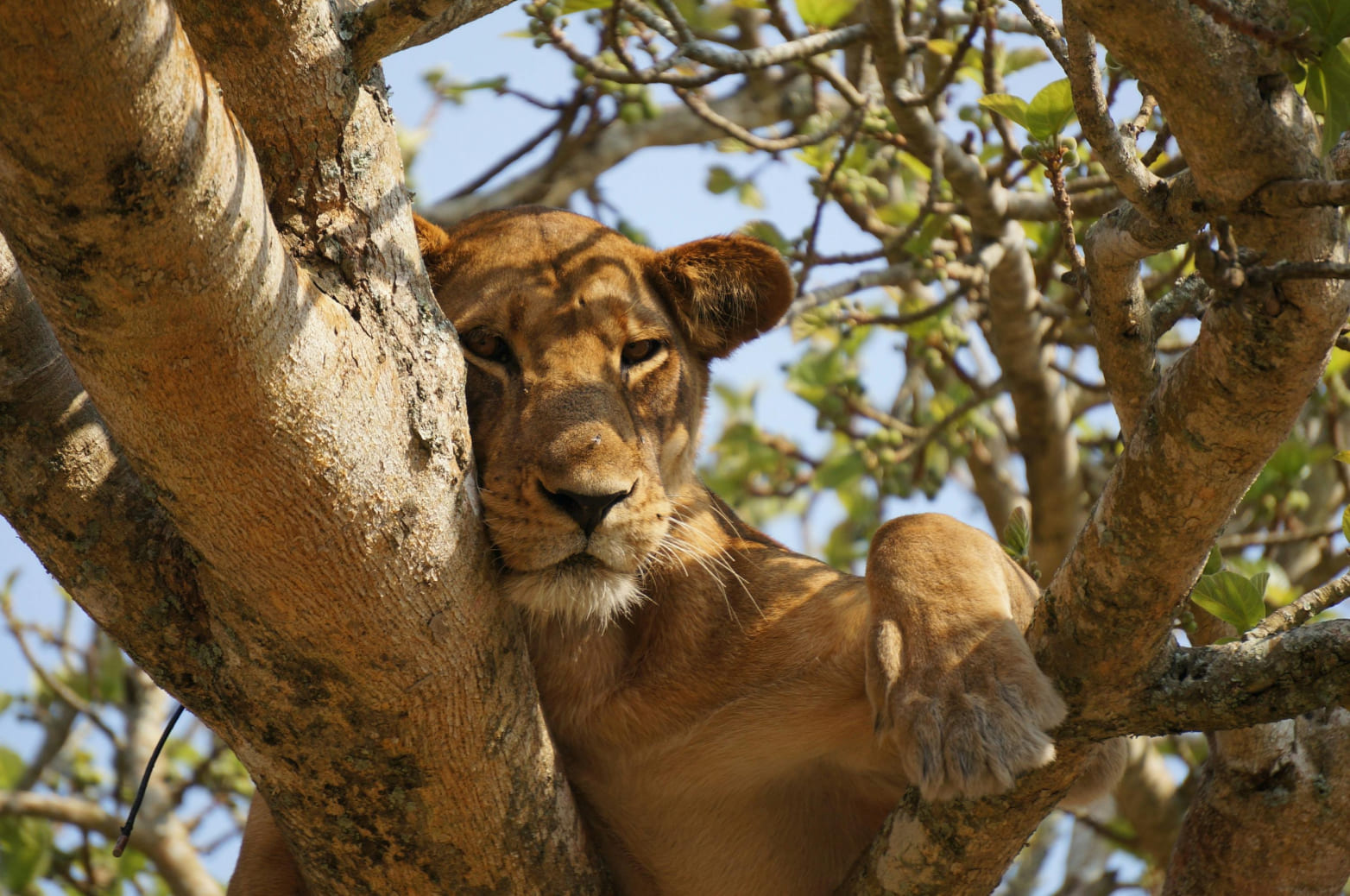FAQ's
Zoos play a critical role in protecting endangered species through breeding programs, habitat restoration efforts, and collaborations with conservation organizations. By providing a safe environment for animals at risk of extinction, zoos help increase population numbers and genetic diversity. Some animals born in zoos are even reintroduced into the wild, helping restore species in their natural habitats.
Zoos offer a variety of educational programs, including guided tours, interactive exhibits, animal feeding sessions, and workshops that teach visitors about wildlife, ecosystems, and conservation. These programs are tailored for all ages and encourage people to learn about animal behavior, environmental protection, and the importance of biodiversity.
Modern zoos prioritize animal welfare by providing large, naturalistic habitats, specialized diets, and enrichment activities that mimic natural behaviors. Many zoos have dedicated teams of veterinarians, nutritionists, and animal behaviorists to monitor the animals' health and well-being. Enrichment programs, such as toys, puzzles, and social groups, keep animals mentally stimulated and physically active.
Zoos contribute to global conservation by collaborating with other zoos, wildlife organizations, and governments on conservation projects. Many zoos fund research and fieldwork in habitats worldwide, supporting habitat restoration, anti-poaching efforts, and species reintroduction programs. These collaborations help conserve ecosystems and protect endangered species beyond zoo walls.
Zoos design their exhibits to educate and inspire visitors while keeping animals' welfare in mind. Many zoos create immersive, naturalistic habitats that allow visitors to observe animals' natural behaviors without disturbing them. Through engaging exhibits and programs, zoos emphasize the importance of conservation, helping visitors see them as places of learning and protection rather than just entertainment.
Zoos conduct a range of research studies on animal health, genetics, behavior, and reproduction. By studying animals up close, researchers gather data that helps in improving animal care, understanding species needs, and addressing conservation challenges. Research findings from zoos often contribute to better management of wild populations and guide conservation strategies.
Zoos are increasingly adopting sustainable practices to reduce their environmental footprint. Many zoos have initiatives to conserve water, reduce waste, eliminate plastic, and use renewable energy sources. Through these actions, zoos demonstrate their commitment to environmental stewardship and educate visitors on the importance of sustainable living, benefiting both animals and the planet.




